Last call of the Curlew
Every time I mention that Curlews are threatened, that their populations are collapsing, that several of the species worldwide are threatened or extinct and that Curlews in the UK are going extinct, the answer is always the same: “Plenty round here”.
When I write “It’s delightful that every new-mown field here on Westray is full of Curlews. They’re heading for extinction elsewhere”, the answers are responses like: “See quite a few whaps here in Saltcoats”; or “Still some in caithness”; or “They keep flying over the house here”.
It’s an interesting psychological phenomenon. There’s an inability to believe the vast accumulation of scientific data because of the evidence of your own eyes. There may be a few hundred on a flooded field near you. You may see them every day. That doesn’t change the fact that there have been catastrophic declines in their numbers and their very existence is threatened.
People have been responsible for the 96% decline in Ireland since the 1980s. It’s loss of habitat and disturbance which is at the heart of the decline. What’s the use of a long curved specialist beak if there are no muddy wetlands to probe with it? The RSPB now has to protect the last remaining birds from Foxes and people now blame Foxes for the decline. As a species we have a childlike propensity to avoid responsibility with a ‘dog ate my homework’ level of excuses.
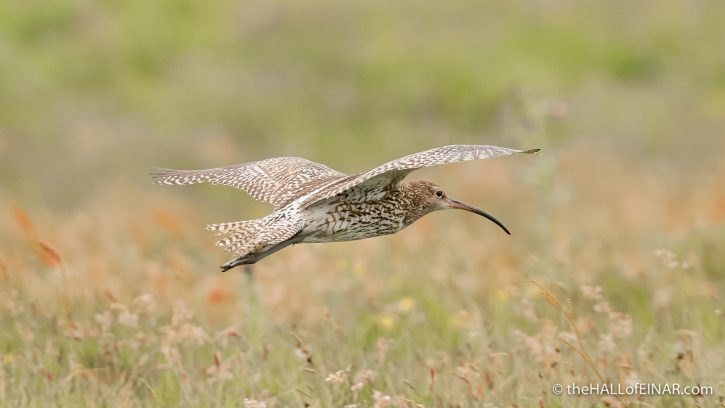
This one landing in a damp field full of Bog Cotton is a single breeder in this area.
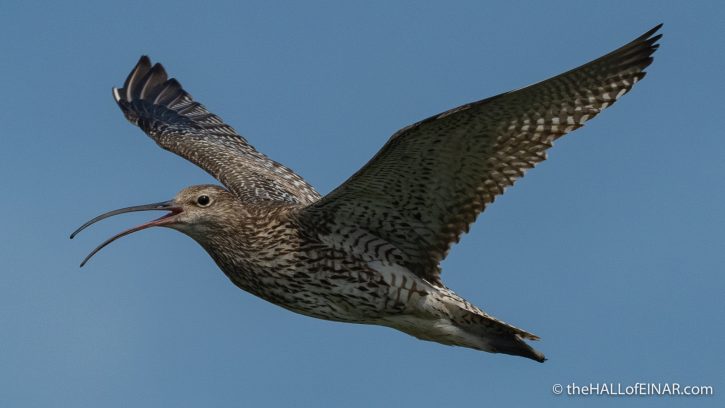
Their call is the haunting last sound of the British wilderness.
This one is flying circles around me, so I get a chance to photograph it in great light with a sparkle in its eye.
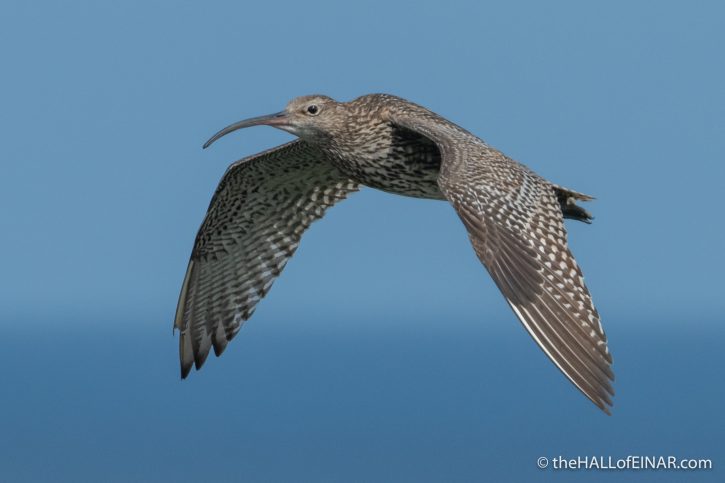
It calls its eerie call:
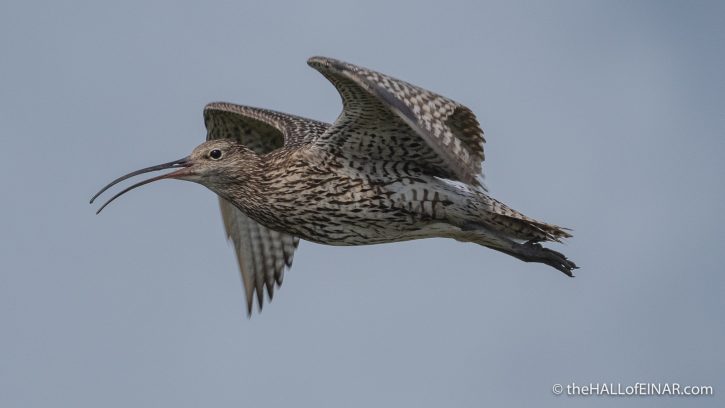
It lands in the Bog Cotton, a lonely figure.
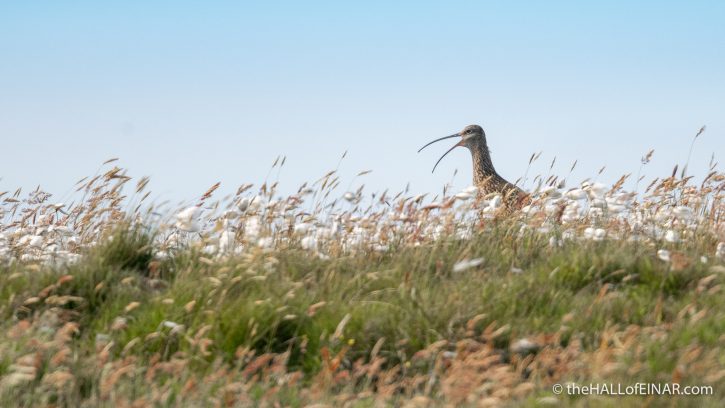
We need to seize wetlands and return them to health for the sake of Curlews and our own future sense of wilderness. Where will we go to get a sense of wilderness without land which can support them?